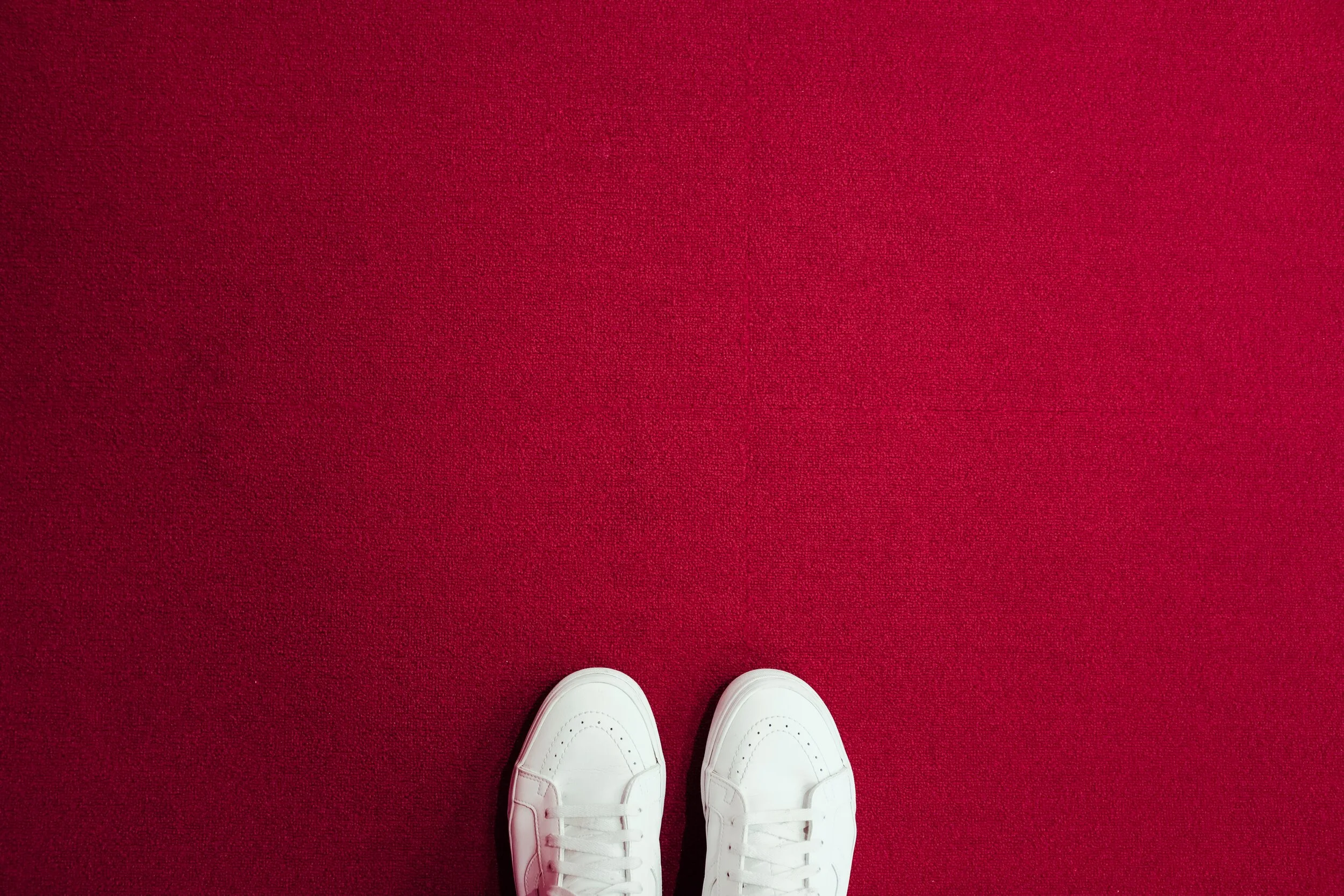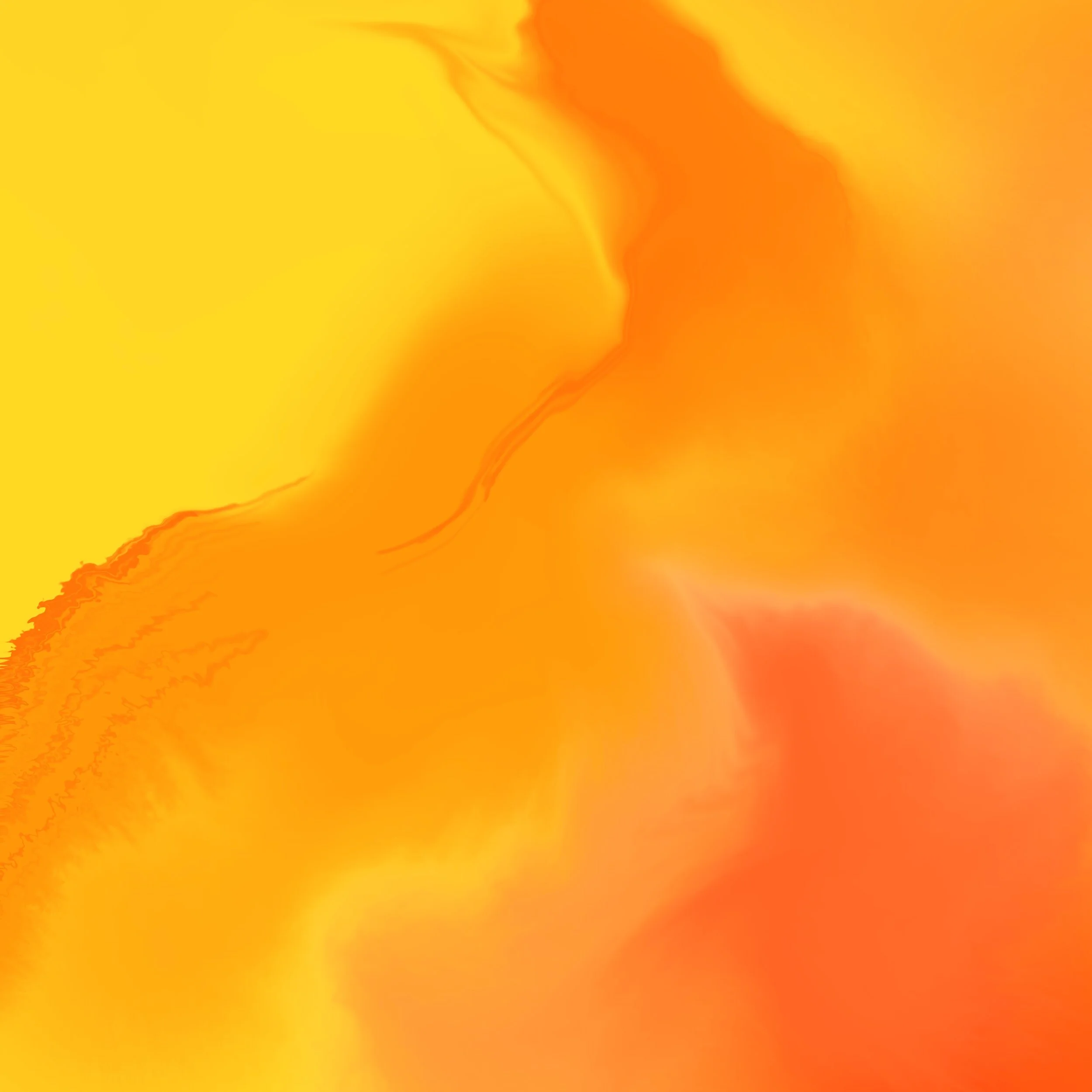How to Use Color in Room Design
“Color doesn’t matter” or “It’s primary school. The more color the better.”
Agree? Well, how do you explain warning signs or traffic lights?
What if I told you that color has its own magnetic frequency? It’s an energy, a wavelength that’s known to influence neurological pathways in the brain and create a chemical response. Each color has a specific wavelength that contributes to the different actions taken by our bodies and brains.
OK, enough geeking out! Let’s get back to English.
Colors influence our moods, emotions, and even our actions. So, why not use colors to help our kiddos in learning? Different studies have proven that “color can improve study performance by increasing alertness and neural activity through arousal.”
As educators, we should ensure the colors used in a learning environment boost active learning, maximize retention, and stimulate participation. Each color has traits that impact kiddos in different ways. For instance, blue and green are known to calm kiddos while reds and oranges are invigorating and alerting.
Don’t get me wrong…..I don’t expect you to be Picasso. Understanding colors and their effects on your kiddos ensures they get the most out of your lessons.
So, let’s get to it.
Red: Energizer Bunny
Are you looking for an energized or over-stimulated class? Red is the color to use. It’s associated with giving kiddos an energy boost. Red stimulates adrenal glands encouraging creativity and generating energy. It may come in handy with detail-oriented tasks. A few red highlights might do the trick.
If you don’t need overstimulated kiddos in your class, keep away from the reds. According to Feng Shui (ancient Chinese science), red keeps you on your toes. Keeps you alert at all times. For me, alertness makes me nervous. Red is too bright and too overstimulating. Watch and see how kids respond!
Basically, red isn’t the color for kiddos who have health issues that may lead to easy overstimulation or little preschool kids who already have a buzz of energy.
Need help with room design?
➡
Let's Chat!
➡
Need help with room design? ➡ Let's Chat! ➡
Orange: Mood Lifter
Orange is a mood-lifting color that is known to improve neural functioning. Think of looking at the sunset on the horizon. Amazing, right? You even feel the warmth from the picture.
Studies show that “it has a particularly high effect on circulation and the nervous system, increasing the oxygen supply to the brain, stimulating mental activity while simultaneously loosening inhibitions.” Increased oxygen levels put you in a state to “get things done”. Some studies have even suggested painting orange in exam centers to stimulate students.
However, bright or bold orange can cause over-stimulation of kiddos who are naturally little balls of energy. Believe me, you don’t want that. Also, kiddos who suffer from attention deficit hyperactive disorder (ADHD) should be kept away from shouting orange colors.
The rule of thumb when using orange:
To boost energy, go BOLD
To relax, go mellow.
Make sense?
Yellow: Attention Grabber
Are you looking to grab and retain your kiddo’s attention? Yellow has you covered.
If you have a restless class, yellow has a way of capturing the attention of those students. It exudes positive energy while encouraging creativity.
An ideal setup would be painting the walls yellow that students are facing while you teach. It keeps them active and alert while you are speaking. The wall that YOU face, blue or gray. Why? Keeps you calm, focused and allows for information settling when students return to their seats.
You can add yellow splashes throughout the room. Or, have yellow chairs. It’s way better than red, especially for kiddos with ADHD.
Green: Concentration Catcher
A walk in the forest or a green field makes you feel calm, eradicating all the restlessness you have. Green is a low wavelength color that increases your focus and efficiency. It’s easy on the eye and reminds us of Mother Nature. It’s the ultimate relaxation space!
Do you want to improve your concentration? Go green!
Studies have shown that green gives a restorative experience. It provides the revitalization kiddos struggling to concentrate need.
Use large blocks of green in the classroom or study room to increase concentration. For instance, use green for soft seating or Makerspace furniture.
Blue: Productivity Driver
Blue has been used in the learning space for decades. Blue ink and blue highlighting is known to improve reading comprehension. Learners are more productive in a blue environment. It gives students a feeling of being relaxed and calm, which makes it ideal for learning.
Research has proven that people with highly intellectual work, like programmers, are more productive in a blue environment. Interesting, right? It soothes them while they tackle the cognitively taxing work helping them succeed.
That being said, you shouldn’t go monochromatic and use blue everywhere. Balance it with warmer colors. Too much of it would make learners feel cold and detached. It’s true, too much of anything is poisonous.
Color is significant in our lives.
My hope is these ideas have prompted a dramatic rethink of the colors in your classroom, study room, or workplace. Remember, color is a significant part of our lives and perceptions. Large blocks of blue and green are great for learning environments, but a kick of orange and yellow are encouraged for highlighting.
Can’t paint? Try posters or tapestries. The point is …… keep color in mind.
Don’t shy away from trying different color combinations. Reach out if you have any questions on the colors to incorporate in a room.
Otherwise, a virtual high five to you for a productive learning year ahead!
Questions? Need help? Reach out!
Email: hello@thebehaviorhub.com
Social media: @thebehaviorhub
Online school
Schedule a discovery call










